There are always nuggets of information that can make a tremendous difference. From games to trivial questions, these facts are about everywhere to expand knowledge and boost understanding of the world around us.
One of the best things about did you know facts is that we can easily share them with others. While some facts can be useless, they pose as a great nudge to some individuals, to broaden their scope in certain topics.
From cultural practices to strange art mediums, here are 15 “Did you know” facts about African art that will blow your mind today.
1. Did you know animal urine was used as a painting Material in African Rock Art? Ethnological literature mentions the use of animal urine of different species such as birds, lizards or snakes as a white pigment. Urine of these animals are mainly composed of uric acid or urate salts.

2. Did you know the earliest known rock art preserved in the Saharan sands in Niger dates as far back as 6500 BC? They are carvings known as petroglyphs and depict animals like giraffes that no longer exist in that area.
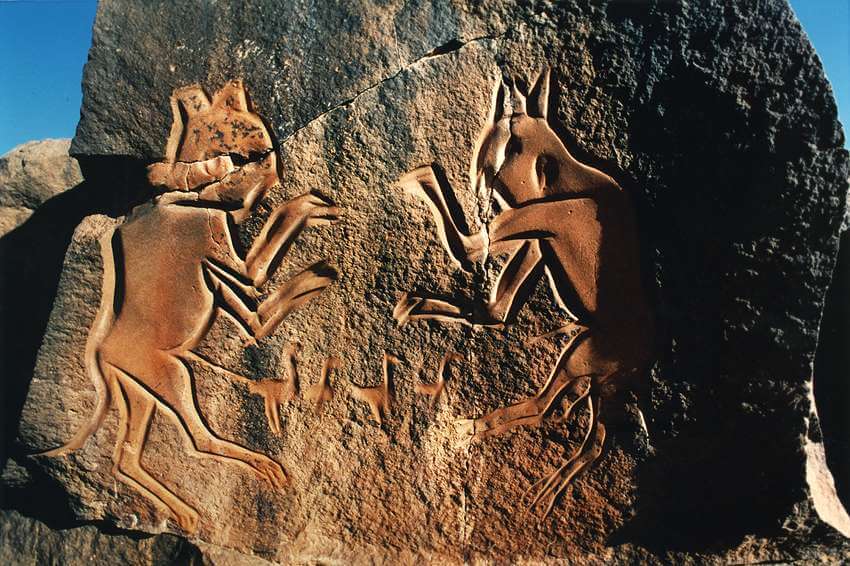
3. Did you know Adire was first produced in Jojola’s compound of Kemta, Abeokuta by Chief Mrs. Miniya Jojolola Soetan, the second Iyalode (Head of Women) of Egba land? Afterwards, she passed on the process to her children and onward to the future generations.

4. Did you know In Egba land, Adire was formerly known to be a family business? Parents passed the techniques down to their female children and the wives of their sons.

5. Did you know the earliest known sculptures are the remarkable terracotta pottery heads, most of them fragments of figures, from the Nok culture of Nigeria and are dated around 500 BC through to 200 AD? Over 160 archaeological sites have been found in central Nigeria that are associated with the Nok figures, including villages, towns, smelting furnaces, and ritual sites.

6. Did you know most of the ancient Egyptian artists’ names are anonymous or lost in history?
Historians know from hieroglyphics that these anonymous artists were called sesh qedut, (scribes of outlines.)

7. Did you know sculpture, masks, jewelry, human forms, architectural designs and pottery were the primary types of art used in Ancient Africa? These forms were mainly used to represent social or spiritual roles.

8. Did you know the most famous examples of monumental art and architecture in Ancient Africa come from Egypt? Many of the massive monuments were dedicated to various deities or the pharaohs.
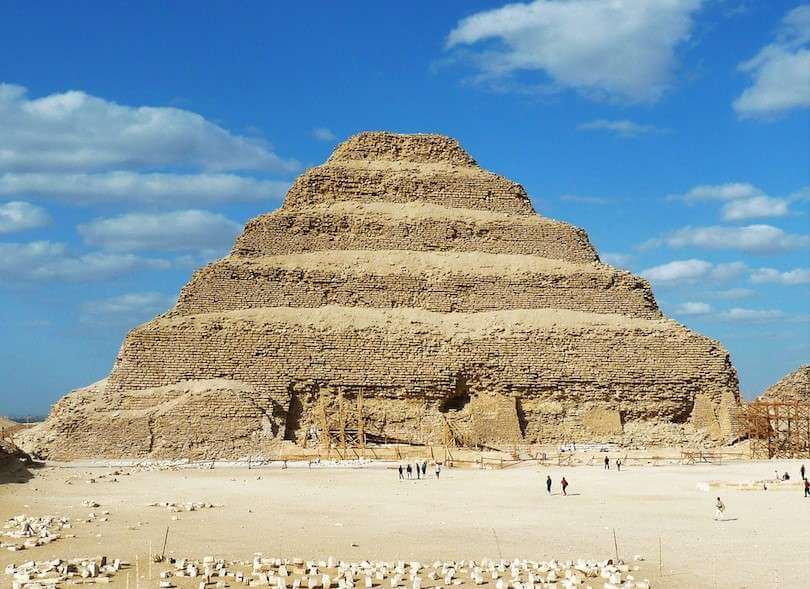
9. Did you know Rock paintings found in Namibia are thought to be some of the oldest pieces of art in the world? They are estimated to be over 20,000 years old.

10. Did you know masks were often shaped like a human face or a muzzle of an animal? These masks are highly stylized and made to represent an abstract subject.
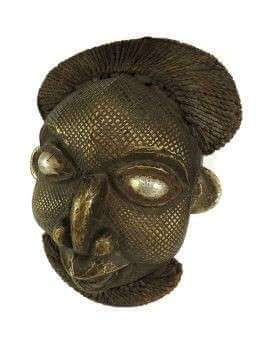
11. Did you know Artists in Africa have for long used animal skin or hide in their art?
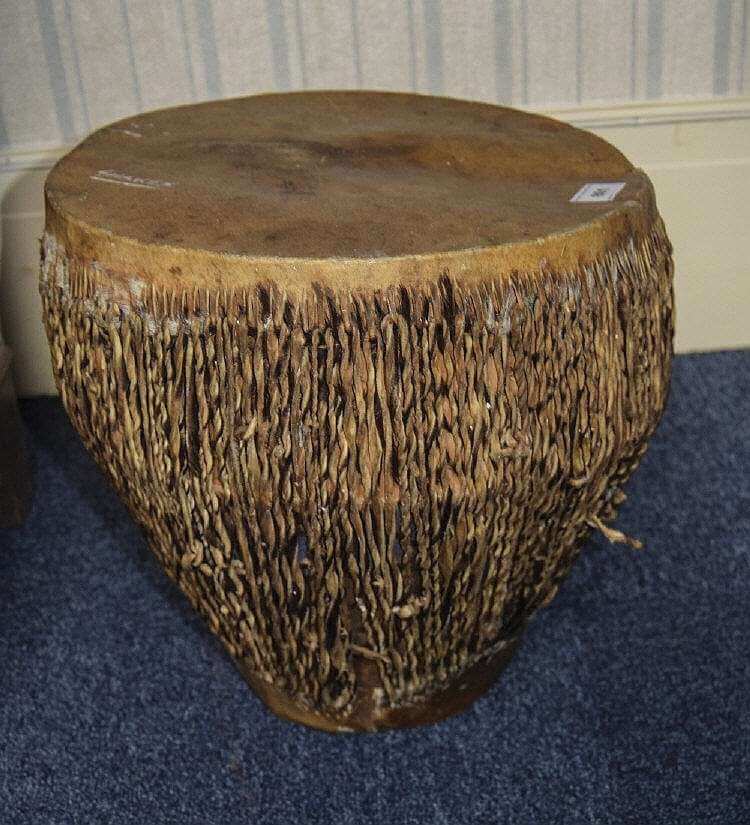
12. Did you know the first exhibition dedicated to African art at the Yale University Art Gallery was held as early as 1954? The 1954 exhibition represents one of the first museum displays in America of African art as art rather than as an ethnographic specimen.
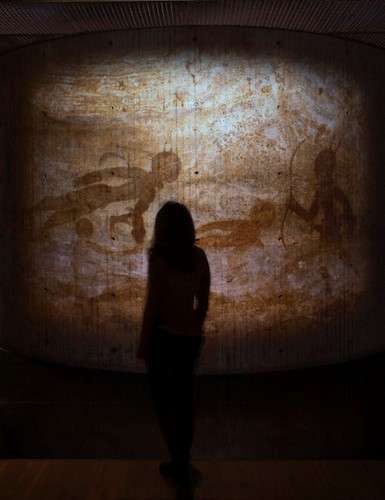
13. Did you know the Horniman Museum and Gardens in southeast London is the first U.K. institution to restitute its collection of Benin bronzes to Nigeria? At the ceremony held on November 28, the anthropological museum transferred ownership of 72 artifacts looted by British soldiers in an infamous raid of Benin City (present-day Nigeria) in 1897 to officials from Nigeria’s National Commission for Museums and Monuments (NCMM).

14. Did you know Doyle Wham, a contemporary African photography gallery is the first London-based gallery to focus on African and African diaspora photographers? Its inaugural exhibition, PORTR-8 showcases an array of innovative and experimental portrait photography produced by eight African artists, from Gabon, Nigeria, Namibia, Kenya and Mozambique.
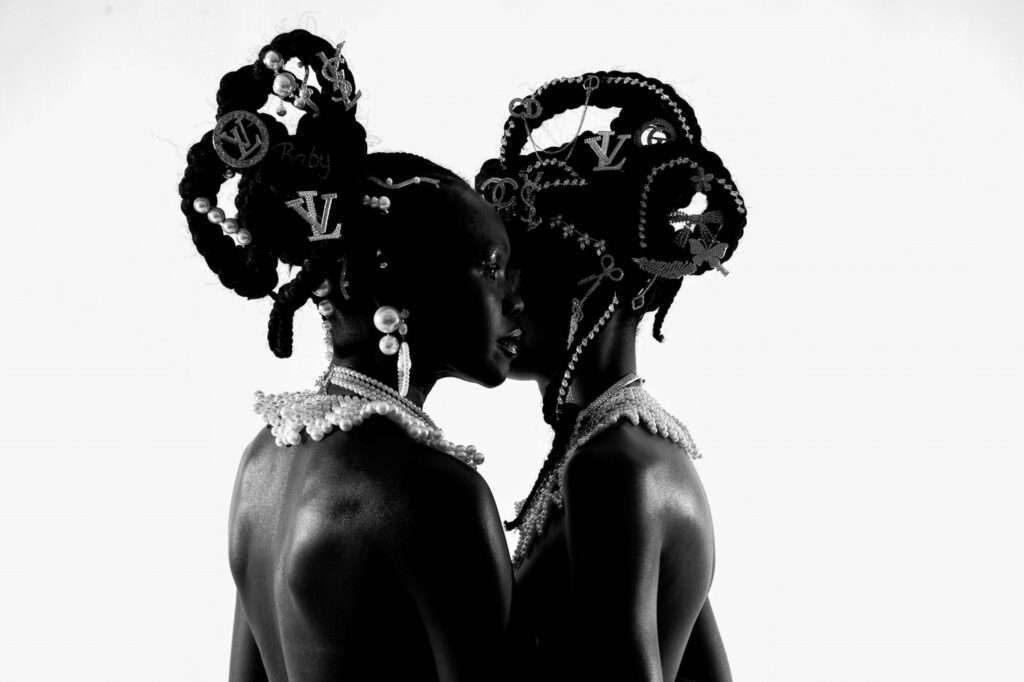
15. Did you know the first Adire material was made with Teru (local white attire) and Elu (local Dye) made from elu leaf which is planted in the Saki area of Oyo state? Traditional process used in the production is similar to those inherited from the older generation.



